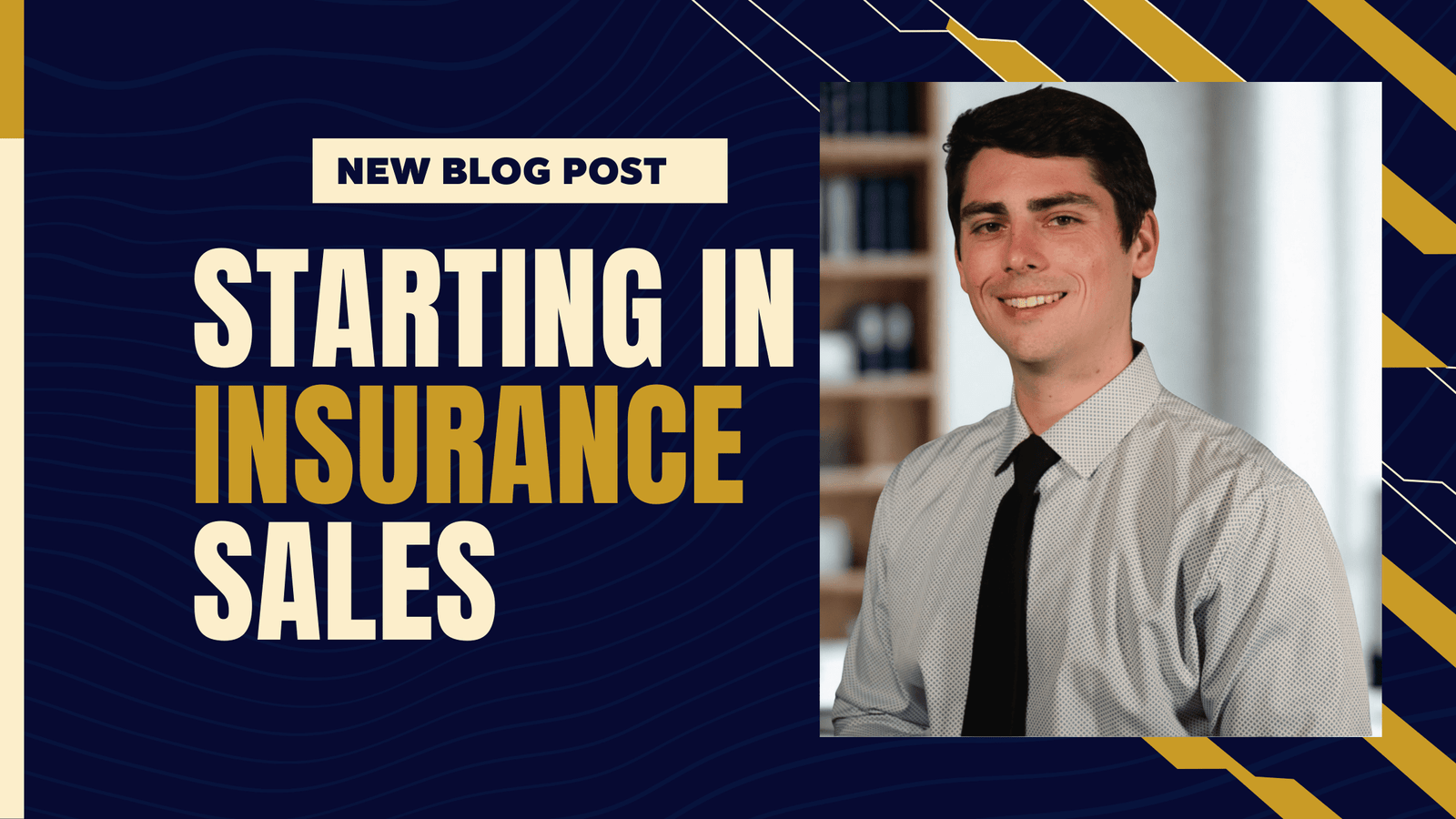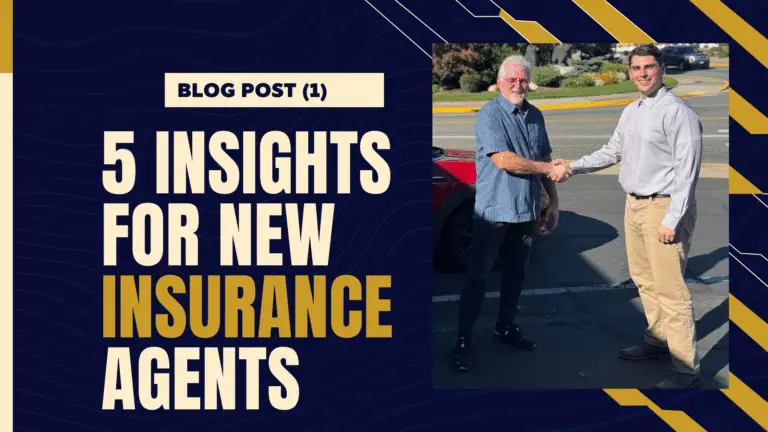Starting in Insurance sales: building systems from day one

I’m Thomas Walton, and this week marks the beginning of a new chapter. I am stepping into insurance sales after earning my Property & Casualty producer license in Oregon. This blog, along with my website, will serve as my open notebook. It is a place where I share how I’m learning to sell smarter, communicate better, and build systems that last.
Why insurance, why now?
Like many recent graduates, I was searching for opportunities after finishing my bachelor’s in Applied Marketing & Advertising. My background is anything but linear. I have been a U.S. Army soldier, a federal consumer safety inspector, and a blue-collar installation technician (in that order). When a positioned opened at a local State Farm office, I went for it.
What I found surprised me. Insurance, which I once saw as confusing, became clear when I studied for my licensing exam. I realized that with the right communication, it is not only understandable but something I can help others grasp. That is the purpose I see in this role: to guide clients through complexity and to help fellow sales professionals sharpen their craft.
the question I’m asking
As I step into this new field, my focus is simple. How do I set myself up for success in insurance sales using systems from day one?
The sales side will always be about relationships, but success depends on how well those relationships are tracked, nurtured, and supported. That is where systems come in.
Tools on my radar
Here are the platforms I’ll be exploring and adapting as I begin:
- Salesforce: the core CRM available in my office. I’ve never used it before, but I’m eager to learn how it can structure lead and client management.
- Microsoft Office & Power BI: for documentation, presentations, and potentially turning raw data into meaningful dashboards.
- Google Analytics (GA4): I’ll be using GA4 to track my website’s performance, understand how people find and use my site, and gather feedback to improve awareness, usability, and potentially turning raw data into meaningful dashboards.
- Notion: my personal hub for customer relationship management and productivity.
- Make: for automation, reducing the manual steps between tasks.
Each tool connects back to one theme: communication. As Kotler et al. (2022) put it, “The ultimate success of a company’s communication campaign depends on the viability of the overall strategy and tactics for managing the company’s offerings,” (p. 275).
my starting approach
From day one, I’ll be looking at three questions:
- How does our communication to prospects and clients work right now?
- How well does it perform in practice?
- How can I make it better through systems and data?
By treating sales not only as conversations but also as a measurable process, I believe I can accelerate both learning and results.
What to expect here
This blog will document the journey. Over the coming months, I’ll share:
- Templates: tools I build to simplify daily sales tasks.
- Guides: walkthroughs on how to apply systems to client work.
- Case notes: real examples and analysis of what’s working and what isn’t.
My goal is not to lecture from a distance but to show what I’m trying, what fails, and what succeeds in real time.
Join the journey
If you’re in insurance sales, or just interested in productivity and data-driven growth, I invite you to follow along. Subscribe to the newsletter, and you’ll get updates, resources, and practical insights as I continue learning.
This is just the beginning.
/ Thomas Walton
Reference:
Kotler, P., Keller, K.L., Chernev, A. (2022). Marketing Management (16th ed.). Pearson Education. ISBN-13: 9780137344161

